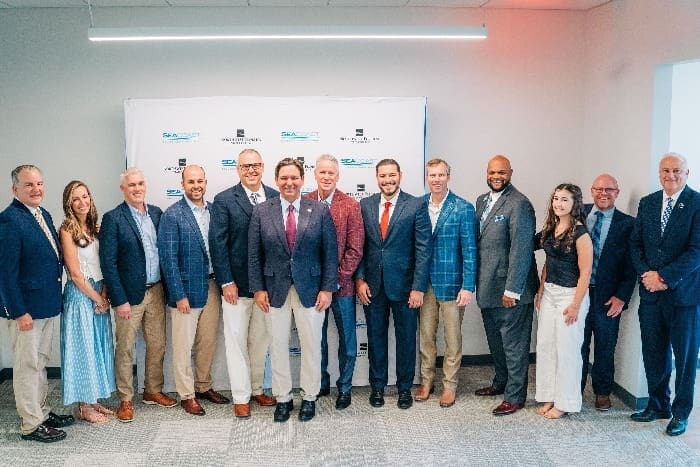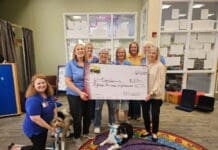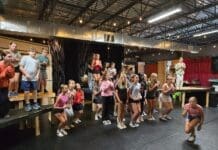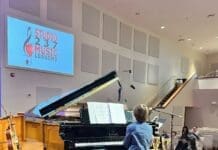The doors have opened — but the vision continues. In August 2025, Seaside School, in partnership with Northwest Florida State College, officially cut the ribbon on its expanded Seacoast Collegiate High School campus at the South Walton Center. The milestone was more than a new building — it’s a cornerstone of a broader campaign to transform access to higher education and workforce training in Walton County.
The Seaside Capital Campaign undergirds this transformation. It is the financial engine powering not just the campus expansion, but a host of strategic initiatives designed to uplift students, local industry, and the community. With continued philanthropic support, the campaign aims to ensure this expansion reaches its full potential — and becomes a model for other regions.
Why It Matters
Walton County has long faced a gap: promising students often must travel outside their community to access college-level courses and career training. The new campus changes that. With the expansion, Seaside and NWFSC will serve over 500 students in dual enrollment, degree programs, and workforce-focused certifications — adding capacity for more than 250 additional high school students seeking college-level work.

But infrastructure is only the beginning. Over the past 12 months, the Seaside School Foundation has:
- Secured a $9.5 million Triumph Gulf Coast grant to support programming, equipment, and staffing in the expansion.
- Launched new career-aligned pathways in health care, IT, business, entrepreneurship, cybersecurity, AI, and more — all tied to real workforce needs.
- Established partnerships with local businesses to host students for internships, externships, and mentorships — connecting classroom learning with local opportunity.
- Increased access to industry certifications and associate degree pathways so students graduate high school already credentialed.
- Strengthened public-private collaboration, blending legislative, philanthropic, and educational investment to drive long-term change.
These efforts reflect a central tenet: the expanded campus must not only house classes but act as a hub for innovation, community engagement, and regional workforce readiness.
Naming Opportunities — A Legacy in Education
To help sustain momentum, Seaside offers naming opportunities across scales. Donors can leave an indelible mark:
Legacy Tiles – $1,000–$5,000
Major Legacy Tile Placement – $10,000
Classrooms and Offices in SCHS and NWFSC – $25,000
Already, generous gifts have brought the campaign to life:
The Glavine Family Foundation donated $1 million for lifetime naming rights to the Seacoast Collegiate High School building.
Patrick and Jennifer McCarthy gave $100,000 to name the Accelerator Great Hall.
The Weil Family contributed $100,000 for the third-floor student terrace.
Tucker Family Foundation funded “The Front Porch” walkway naming ($100,000).
The Widman Family gave $50,000 toward the Accelerator Conference Room.
These gifts are not just names on glass — they are tangible commitments to education, community, and a future where local students can thrive without leaving their homes.
Looking Ahead

The Capital Campaign’s impact is already evident. In a historic display of demand, 616 students applied in 30 days for Fall 2025 enrollment — the highest in Seaside’s history. The incoming freshman class filled all 134 seats, with a waiting list to match.
Later in 2026, the college arm plans to launch an Associate in Science in Business Administration on-site, equipping students with practical business knowledge and management skills. Seaside also intends to add additional secondary certifications in bookkeeping, entrepreneurship, AI, and cybersecurity.
Ultimately, the expanded campus is more than a facility — it’s a blueprint. Seaside aims to become a replicable example of how public education, higher education, and industry can partner to break down barriers and reimagine the high school–college transition.

























































